
Hey, if you’re wondering, "What is silkscreen (serigraph) printing?" don’t worry, you’re not the only one! I’ve heard that question a ton over the years of helping folks with their businesses. Silkscreen printing, or serigraphy, if you want to sound cool, is this neat way of making plain stuff like t-shirts or posters look bold and colorful. If you’re a small business owner wanting to put your logo on shirts or an embroidery fan looking for new ideas, this guide’s for you. Let’s get started.
Silkscreen printing is a simple trick: you push ink through a screen with small holes onto something like fabric or paper. They used to use silk for the screens; that’s where “silk” and “serigraph” come from, but now it’s mostly polyester or nylon. The name just stuck, though!
I still remember my first time trying it in 2003. I was in a friend’s garage, printing t-shirts for his band. The ink smelled funny, and I got it all over my hands, but when that first shirt came out looking awesome? I was sold. This method’s been around forever, way back to China over a thousand years ago, and it’s still a hit with artists and business owners today.

Silkscreen printing takes a few steps, but it’s worth it. Here’s how it goes:
Make Your Design: Draw or print your picture on clear film. Every color gets its own screen.
Set Up the Screen: Put a special coating on the screen that hardens under UV light. Lay your film on top. The light makes the coating solid except where your design is.
Create the Stencil: Wash off the soft parts, and you’ve got holes in the screen where ink can go through.
Print It: Place the screen on your shirt or whatever, spread ink over it, and push it through with a squeegee.
Dry It: Let the ink dry. Sometimes, you heat it to make it stick and repeat for more colors.
It’s a little work, but the bright designs you get are amazing. Big embroidery shops use machines to speed things up, especially for lots of orders.
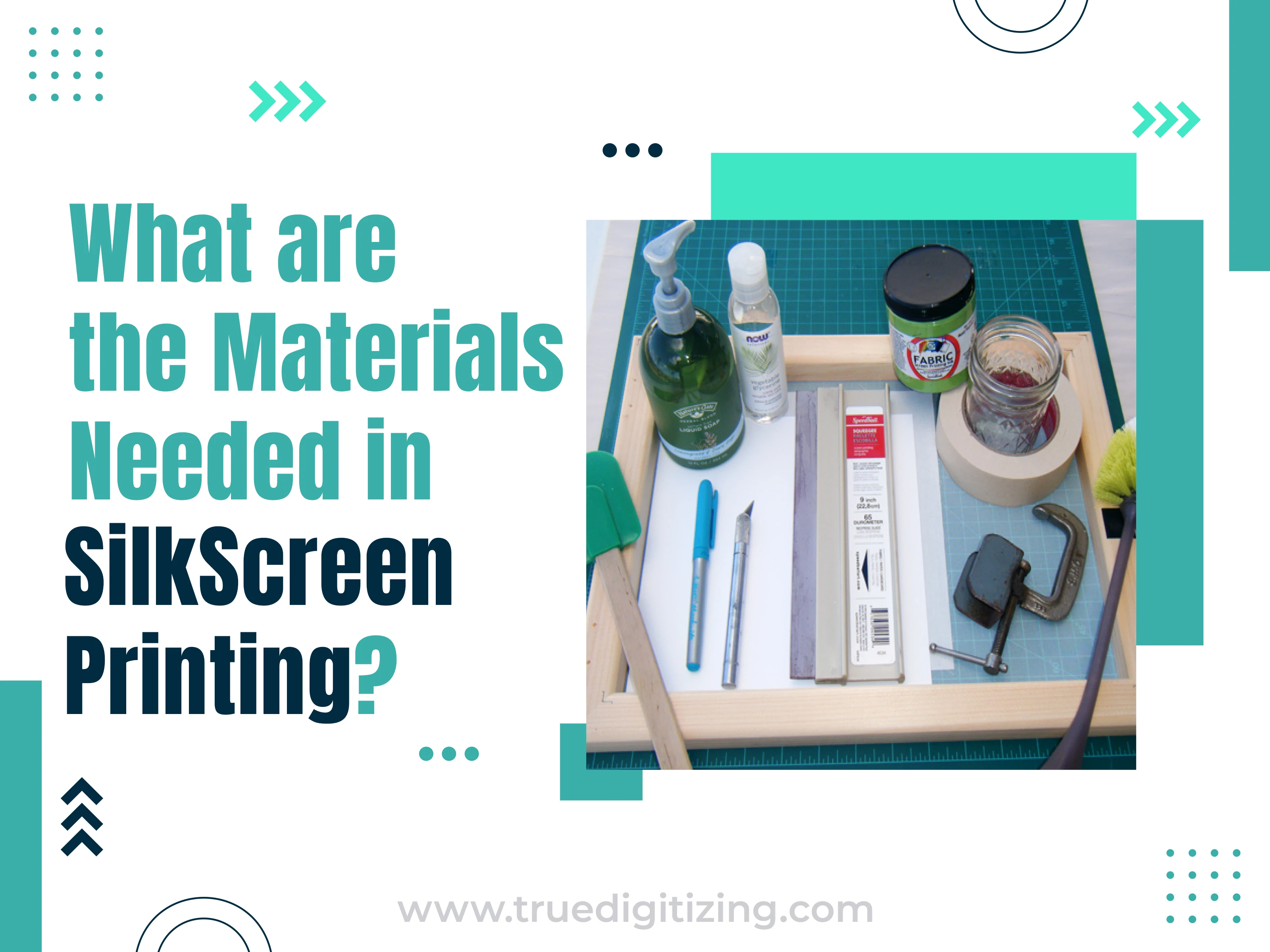
Want to try it? Here’s what you need:
Screen: Usually polyester, use 43T for fabric or 77T for paper or thin stuff.
Frame: Wood’s cheap, aluminum’s strong, it holds the screen tight.
Ink: I like plastisol for shirts; it lasts and looks good. Water-based ink is better for the earth.
Squeegee: A rubber tool to push the ink through.
Coating & Light: To make the stencil on the screen.
Stuff to Print On: Shirts, bags, paper, whatever you want.
When I started, I’d grab old frames from thrift stores and use whatever I could find. Now, you can buy a basic kit online for $40-$50 and skip the hassle.
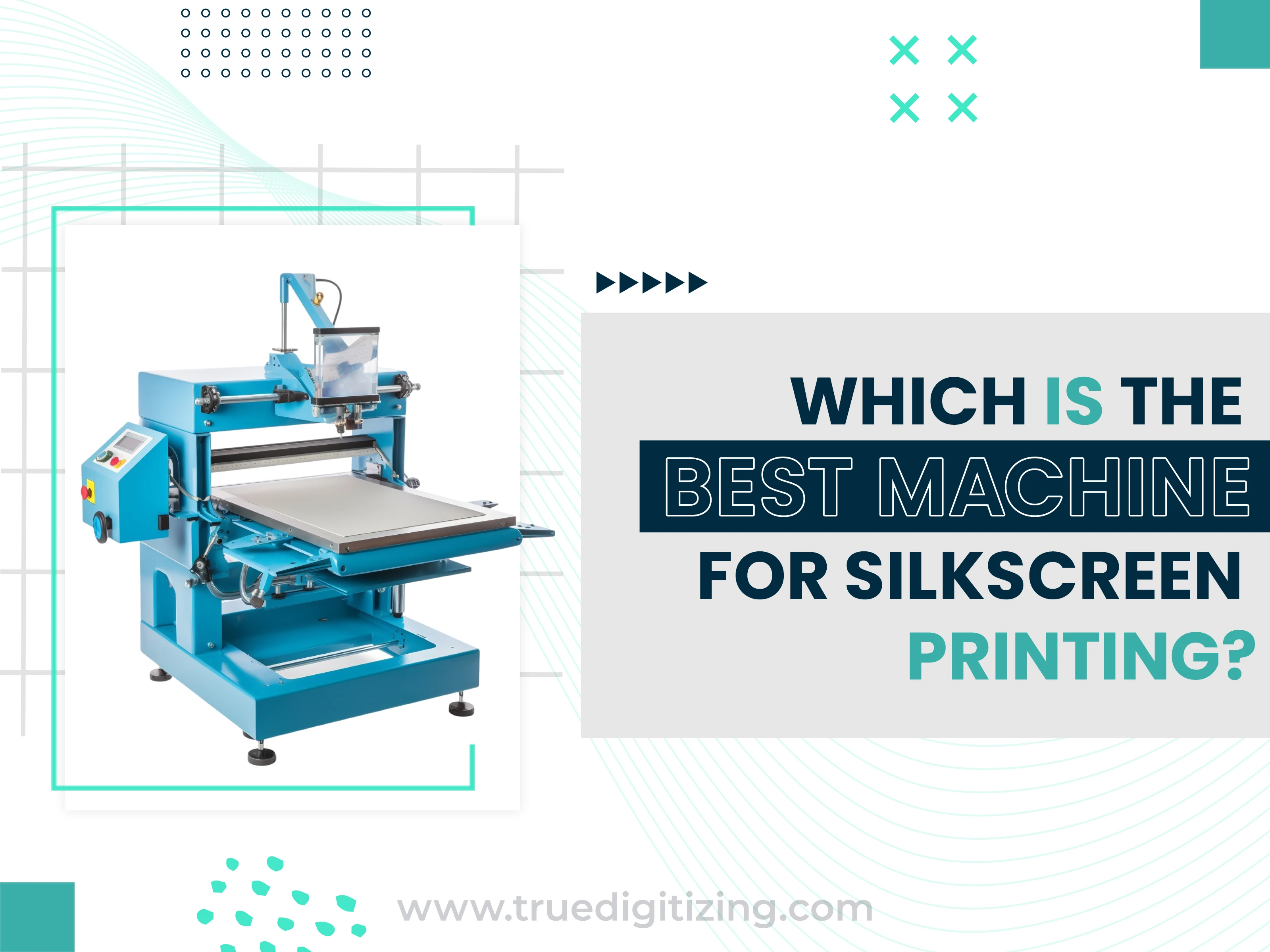
Your machine depends on what you’re doing:
Manual Ones: Good for beginners or small jobs, like the VEVOR 4-Color (~$200). You control it yourself.
Automatic Ones: For big orders, like the M&R Sportsman EX (~$20,000+). It prints tons fast.
Rotary Ones: Best for long fabric rolls, great for embroidery shops too.
If you’re a small embroidery business trying silkscreen, I’d pick the Riley Hopkins 150 (~$500). It’s solid, not too pricey, and works as you grow.
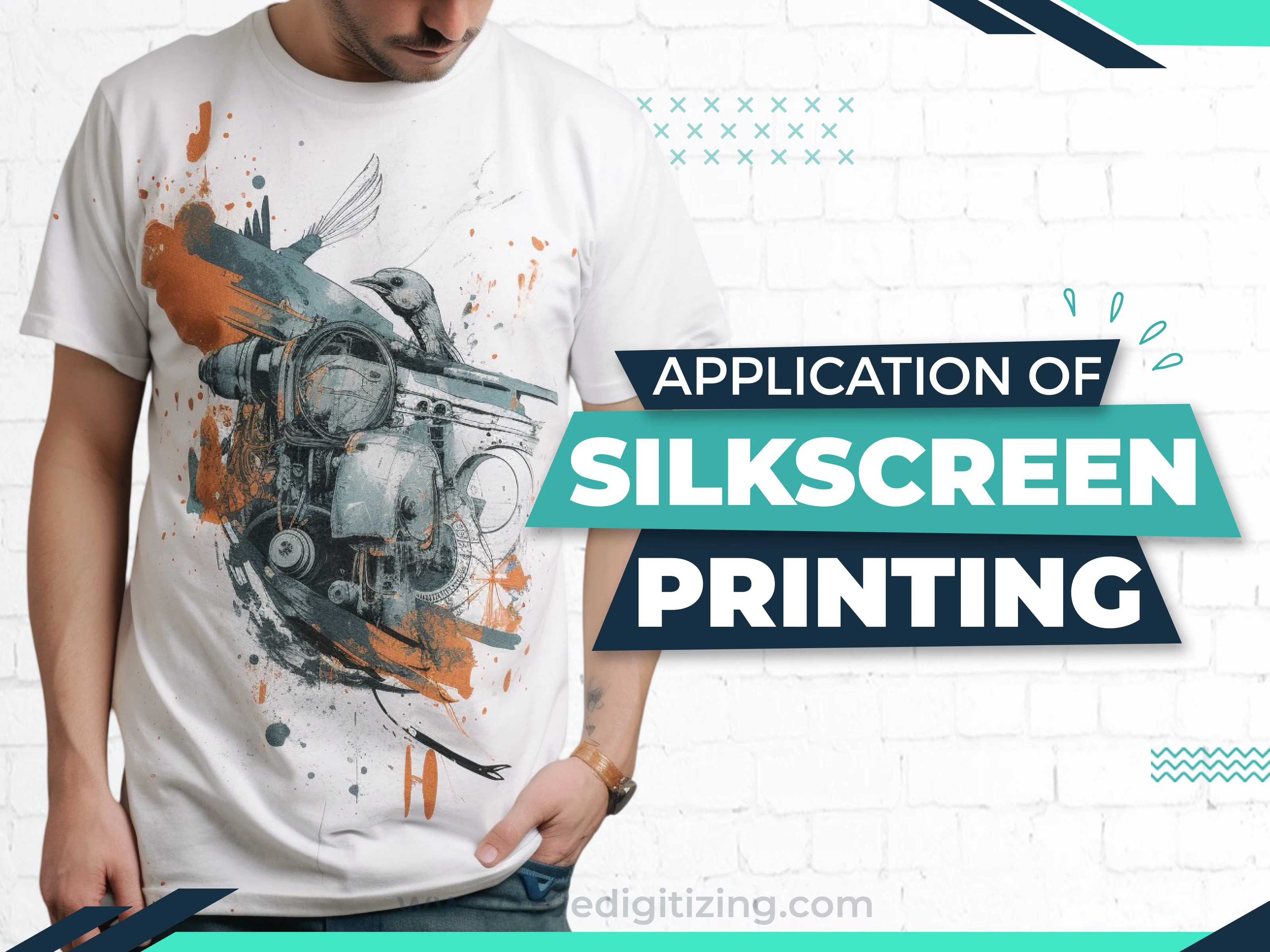
You can use silkscreen printing for all kinds of things:
Clothes: Shirts, hoodies, bags, and anything with big logos next to embroidery.
Art: Like those cool Marilyn Monroe prints by Andy Warhol.
Packaging: Bright labels on bottles or boxes that stand out.
Tech: Even tiny circuits on boards- crazy, huh?
I think it’s awesome to use a silkscreen for a colorful background and then add stitching on top. They work so well together!
Why do people love it? Here’s why:
The ink’s thick, so the colors really pop. It is way better than some digital stuff.
You can do small designs or cover a whole shirt. I’ve made shirts that look like ads you can wear.
Cool inks, like shiny or glowy ones, make your logo unforgettable. Super helpful for embroidery folks getting noticed.
It takes time to set up, but once you’re going, big batches cost less. Great for lots of prints.
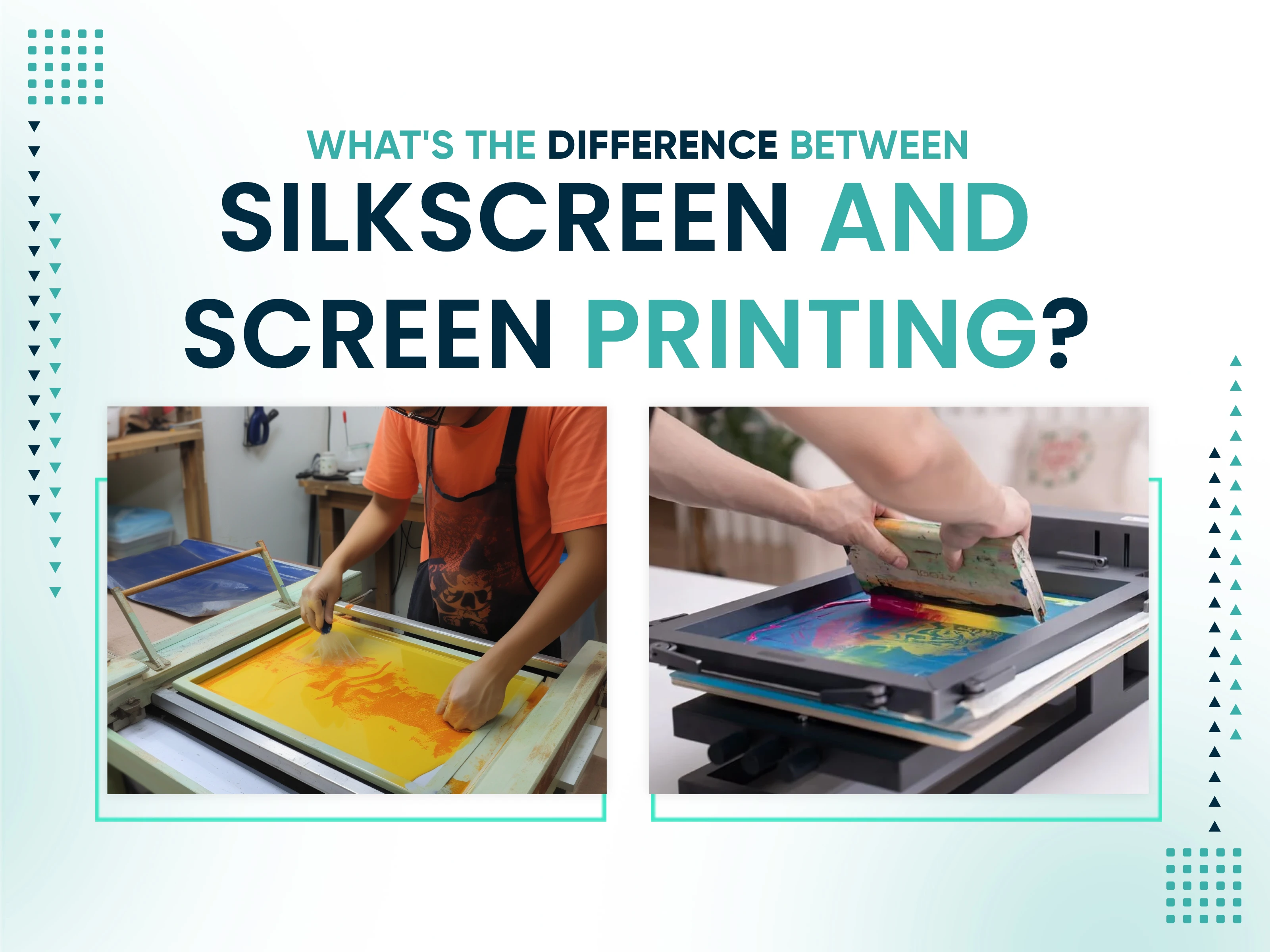
People ask this a lot: Are they different? Nope, they’re the same! “Silkscreen” is the old name from when silk was used; “screen printing” is what we call it now. Here’s a quick look:
Hence, it is proved that silkscreen or screen printing is the best method. It’s all the same cool process.
So, what is silkscreen (serigraph) printing? It’s a strong, bright way to print that’s been around forever and still rocks in 2025. If you’re into embroidery digitizing or just love making custom stuff, it’s a winner. Awesome quality, a good price, and it pairs great with stitching. Give it a shot—start small, play around, and see what you can make. You’ll love it!
Nick William has been immersed in the world of embroidery digitizing for over 20 years, earning 25 industry awards throughout his career. As a 3rd generation embroidery expert, Nick’s journey started in his family’s workshop, where he learned the art of digitizing before the rise of modern software. He has worked with leading commercial embroidery businesses and has shared his expertise with over 75,000 home and professional embroiderers. As an author at True Digitizing, Nick is passionate about teaching others how to create beautiful, precise designs through easy-to-follow tutorials and expert advice.
Categories

Top 25 Christmas Machine Embroidery Designs for Holiday Gifts 2025
12-12-2025

Best Multi-Needle Embroidery Machine Comparison | Brother, Tajima, Janome, Barudan & More
09-12-2025

3D Puff on Hats: How to Achieve the Perfect Raised Look
02-12-2025

Choosing the Right Stabilizer for Every Fabric Type: Complete Guide
01-12-2025

Embroidery Thread Weight Explained: 30wt vs 40wt vs 60wt
01-12-2025

Holiday Embroidery Trends | Top Designs for Thanksgiving through Christmas
27-11-2025
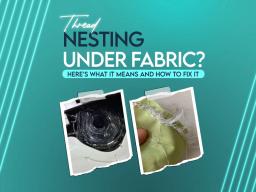
Thread Nesting Under Fabric? Here’s What it Means and How to Fix it
25-11-2025

Understanding DST, PES, and Other Embroidery File Formats | A Complete Guide
20-11-2025

Top 10 Vector File Formats Every Designer Should Know in 2026
14-11-2025

Polyester vs Rayon Embroidery Threads | Which One Should You Choose?
14-11-2025